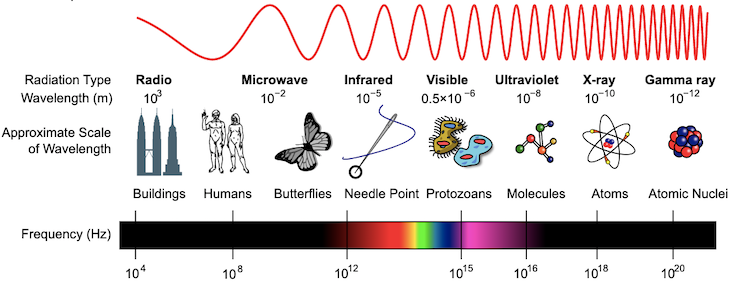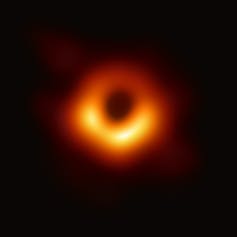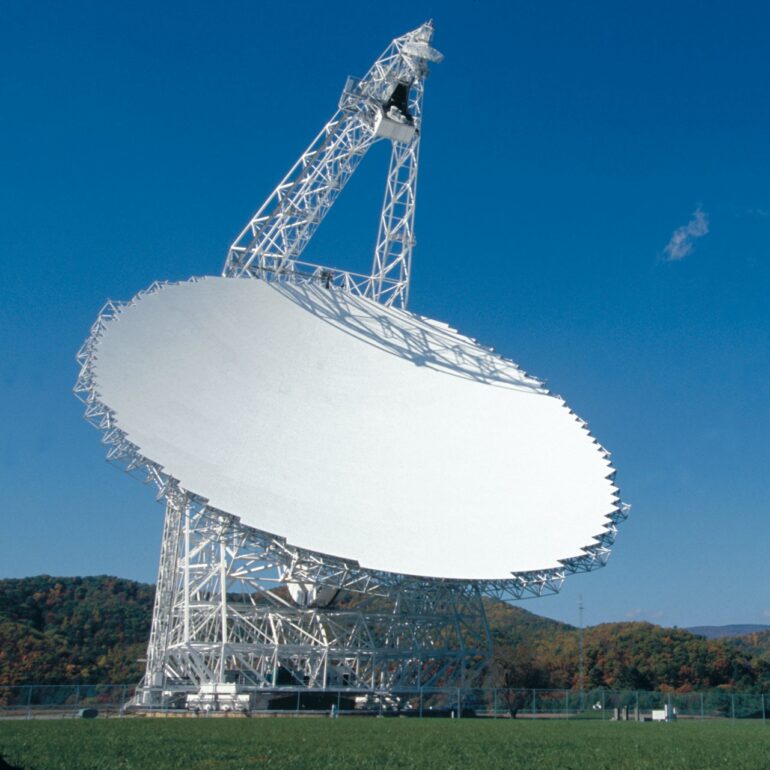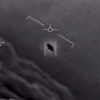Visible light is just one part of the electromagnetic spectrum that astronomers use to study the universe. The James Webb Space Telescope was built to see infrared light, other space telescopes capture X-ray images, and observatories like the Green Bank Telescope, the Very Large Array, the Atacama Large Millimeter Array and dozens of other observatories around the world work at radio wavelengths.
Radio telescopes are facing a problem. All satellites, whatever their function, use radio waves to transmit information to the surface of the Earth. Just as light pollution can hide a starry night sky, radio transmissions can swamp out the radio waves astronomers use to learn about black holes, newly forming stars and the evolution of galaxies.
We are three scientists who work in astronomy and wireless technology. With tens of thousands of satellites expected to go into orbit in the coming years and increasing use on the ground, the radio spectrum is getting crowded. Radio quiet zones – regions, usually located in remote areas, where ground-based radio transmissions are limited or prohibited – have protected radio astronomy in the past.
As the problem of radio pollution continues to grow, scientists, engineers and policymakers will need to figure out how everyone can effectively share the limited range of radio frequencies. One solution that we have been working on for the past few years is to create a facility where astronomers and engineers can test new technologies to prevent radio interference from blocking out the night sky.

Different telescopes capture different parts of the electromagnetic spectrum, with radio telescopes collecting radiation of the longest wavelengths.
InductiveLoad/NASA/Wikimedia Commons, CC BY-SA
Astronomy with radio waves
Radio waves are the longest wavelength emissions on the electromagnetic spectrum, meaning that the distance between two peaks of the wave is relatively far apart. Radio telescopes collect radio waves in wavelengths from millimeter to meter wavelengths.

The first direct image of a black hole was created using the Event Horizon Telescope, combining observations from eight radio telescopes.
European Southern Observatory/Wikimedia Commons, CC BY
Even if you are unfamiliar with radio telescopes, you have probably heard about some of the research they do. The fantastic first images of accretion disks around black holes were both produced by the Event Horizon Telescope. This telescope is a global network of eight radio telescopes, and each of the individual telescopes that make up the Event Horizon Telescope is located in a place with very little radio frequency interference: a radio quiet zone.
A radio quiet zone is a region where ground-based transmitters, like cellphone towers, are required to lower their power levels so as not to affect sensitive radio equipment. The U.S. has two such zones. The largest is the



